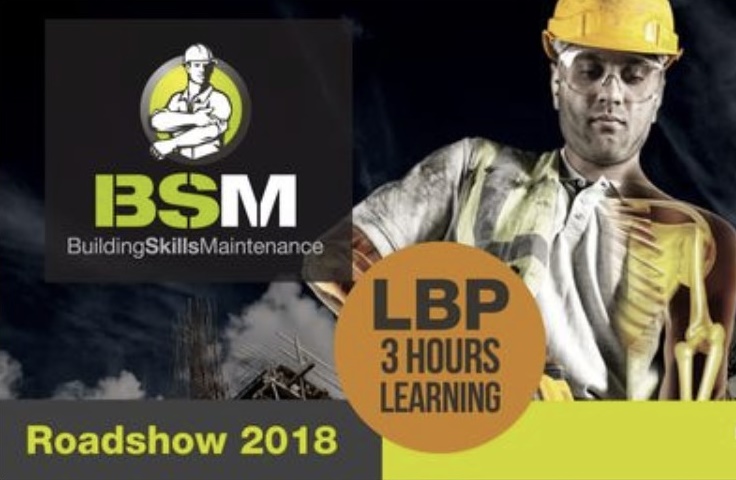It was a privilege to have Dion Tapper of BSM, Darren Cockburn from WorksafeNZ, Deb McAlpine of 3M and Graham Burke from SARNZ visited our patch and share their combined construction health and safety wisdom. Here is a quick-fire summary of tips, tricks and reminders from the evening.
Asbestos:
- 170 people die each year from asbestosis., from a construction health and safety perspective it’s the easiest and most painful way to die.
- If you suspect asbestos is present get the product/site tested
- If you are dealing with friable asbestos – asbestos-containing material in powder form (sprayed asbestos fire retardants, thermal lagging on pipe insulation, low-density boards, sheet vinyl underlay or backing) even if you are working on an area less than 10 m2, don’t touch it!
- For unlicensed work with non-friable asbestos, you still need to wear a correctly fitting mask, glasses, gloves, disposable coveralls, boots with no laces AND dispose of it all correctly (Goosenecked, labelled, double bagged)
- See Health and Safety at Work (Asbestos) Regulations 2016 (Regulations) and ACOP: Management and removal of asbestos
Construction Health and Safety – Critical Risk
- People in charge of a site need to be able to list the 5 critical risks. For example, the typical construction site may have: working at heights, dust, noise, trenches, and plant.
- The way to manage your ‘Critical Risks’ is:
1. Leaders need to lead
2. Risks need to be identified, assessed, controlled and monitored
3. Workers need to have their say
- ACC has produced a set of ‘Construction Critical Risk Cards’ that are ideal for toolbox talks and I want to get a set riskcards.acc.co.nz.
- See How to manage work risks
Dropped Tools
- 9 people die from falling tools each year
- Have toe boards on your scaffolds and 3M do nifty tool lanyards that help keep your tools where they should be.
- 3M has a freaky video that shows what happens when tools fall on a watermelon, which is about the same density as a human head (Warning: this video is gag-inducing).
- See Best practice guidelines for working at height in New Zealand
Noise and Dust:
- 72 % of the construction industry will retire with either a hearing or respiratory issue
- Using a skill saw rates at about 104 decibels (noise of a helicopter idling), the operator and everyone within 5 metres need to wear hearing protection
- Choose tools that have been engineered to minimise noise, maintain them and change out the blades regularly.
- If you are drilling/cutting into bricks or concrete you need water suppression/ dust extraction in place
- Nosie: See ACOP: Management of noise in the workplace and Control guide: Management of noise at work
- Dust: See: Silica dust in the workplace and Controlling construction dust with on-tool extraction
Safety Nets
- If your purlins are set at 900 you need safety nets
- Nets need to be properly fixed, tagged and inspected
- Nylon nets are not acceptable
- See Safe use of safety nets
Scaffolds
- Don’t tutu with scaffolds! If there is tube all over the place pull the scaff tag!
- Look for bracing, toeboards and ½ metre footings.
- Make sure the scaffold is rated for it’s working load and the weather it’s subject too
- Notifiable scaffolds are measured at 5 metres from the top guardrail, not the top lift
- Wrapped scaffolds need an engineer to design them to check that there is adequate airflow and structural integrity
- If water ballast is used, check that it is full and secure before getting on the scaffold
- See WorksafeNZ/ SARNZ Scaffolding in New Zealand Guidelines
Working at Heights A, B, C’s
A Anchor – needs to be rated to 1,500 kg (small car)
B Body Support – Industrial harness with front/ rear attachment points
C Connection – Lanyards need to be fit for purpose and regularly checked
D Descent/ Rescue – you need to decide if you will use a ladder, elevated work platform or rescue kit if there is an emergency
E Education – Get trained so you can be competent
F Fall Protection for Tools – back to the tool splitting watermelon scenario
I know people from all over the country saw the BSM talks and some of the best learning was in the war stories that the team told. Please let me know if there were any key points around construction health and safety that I left out please phone Sarah on 0272 007 680 or email sarah@employmenow.co.nz.
